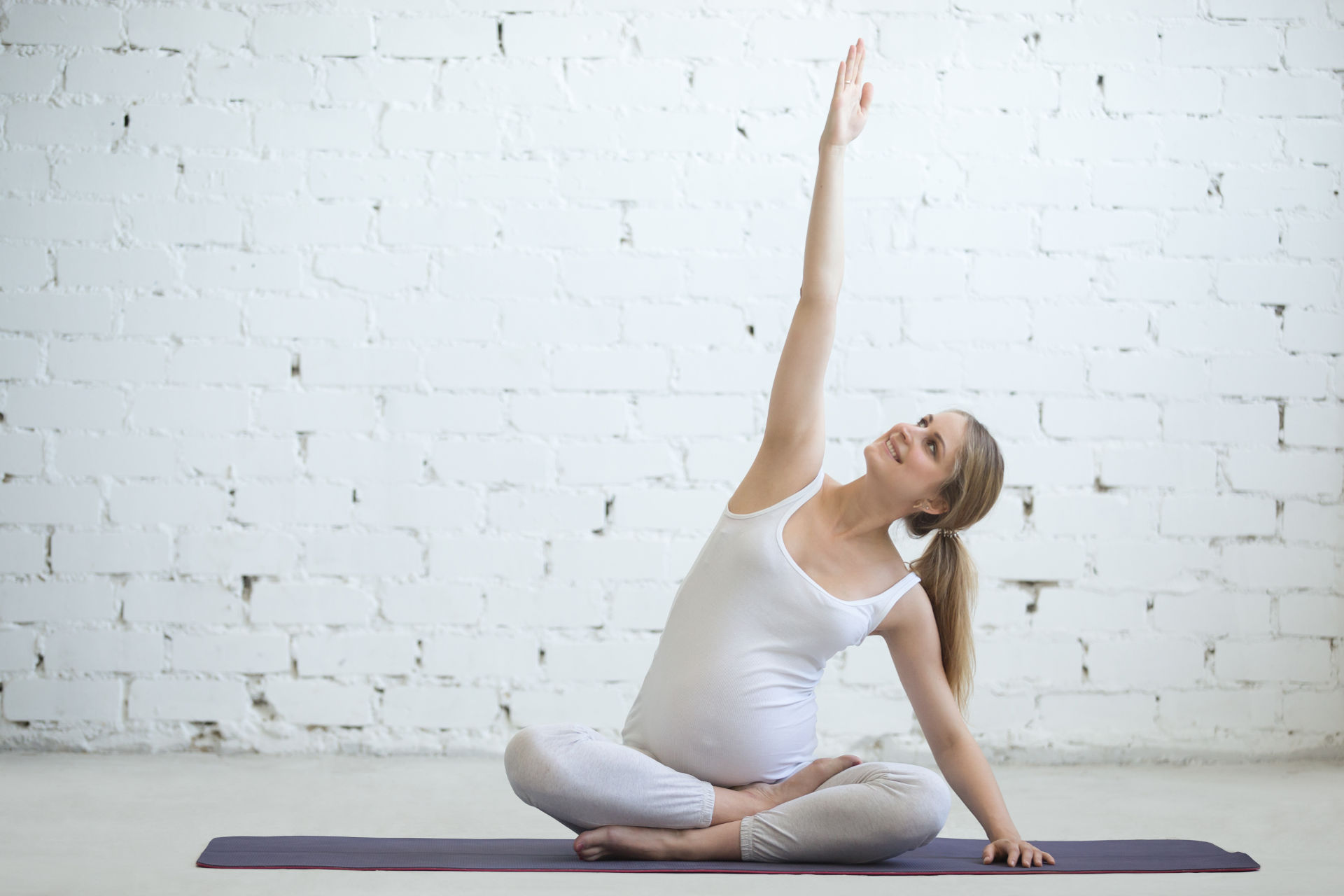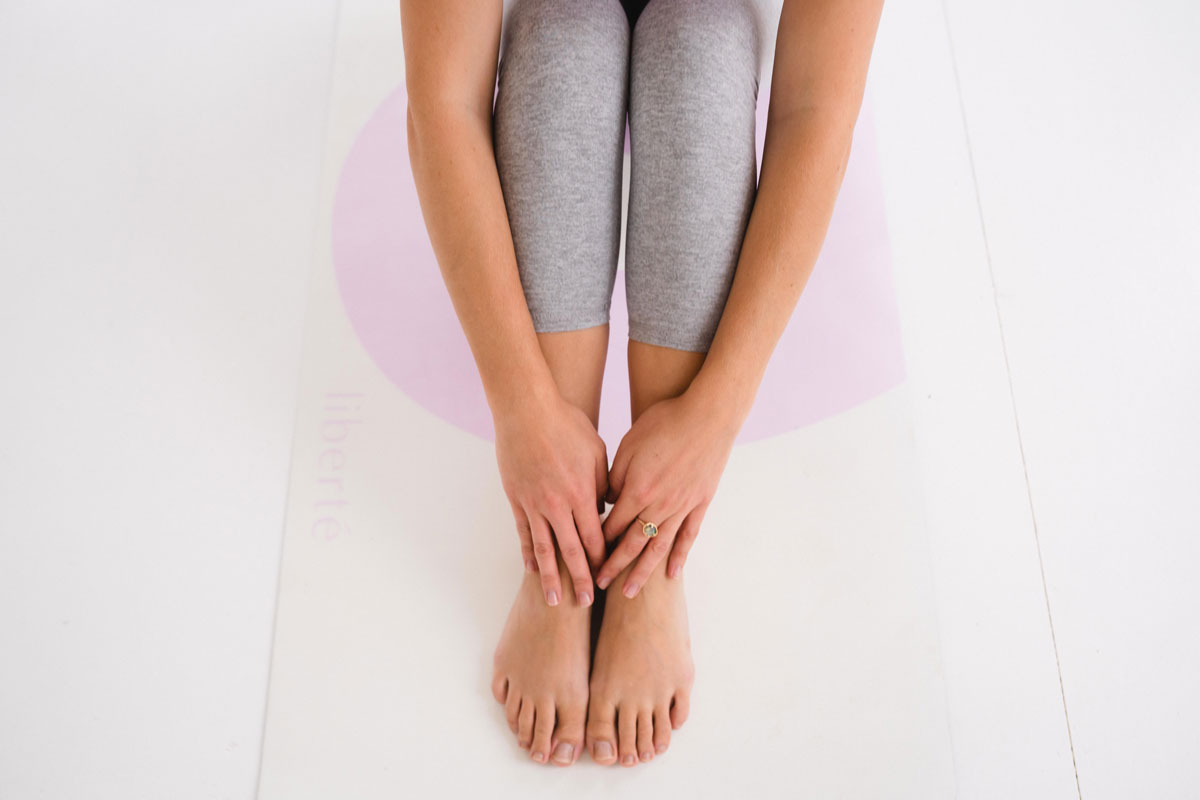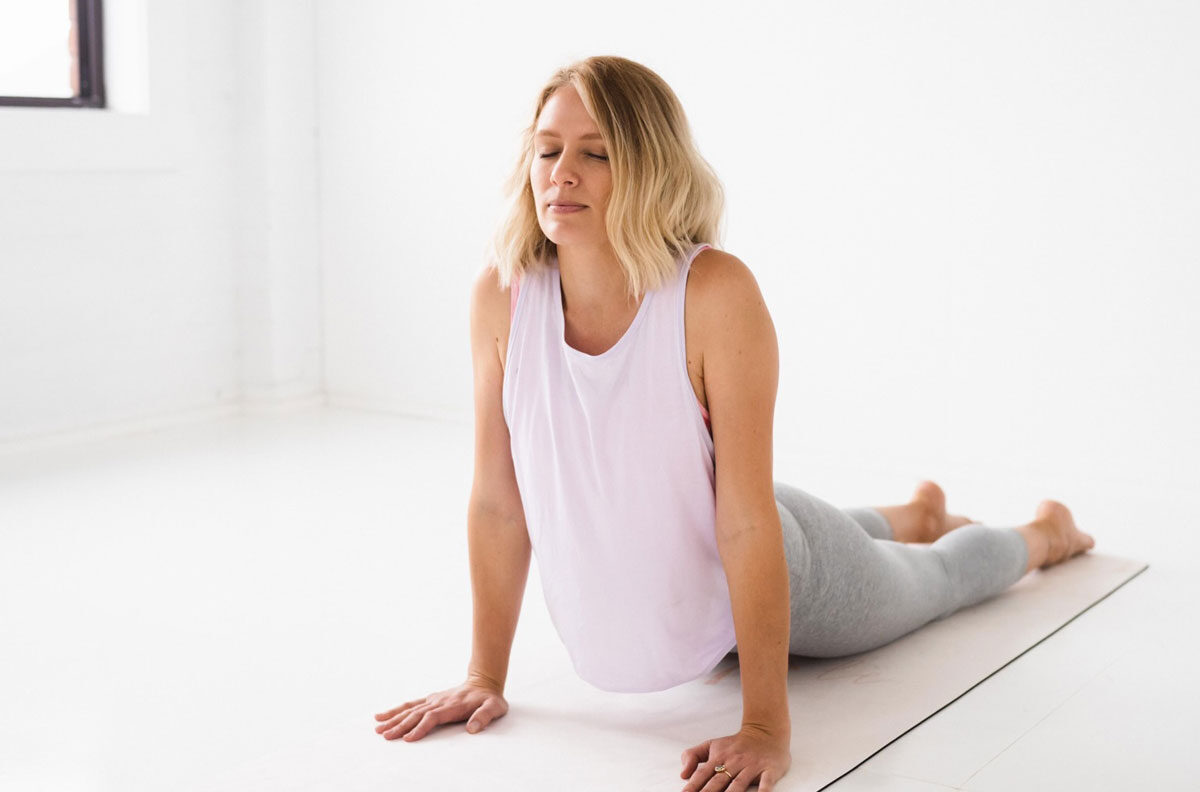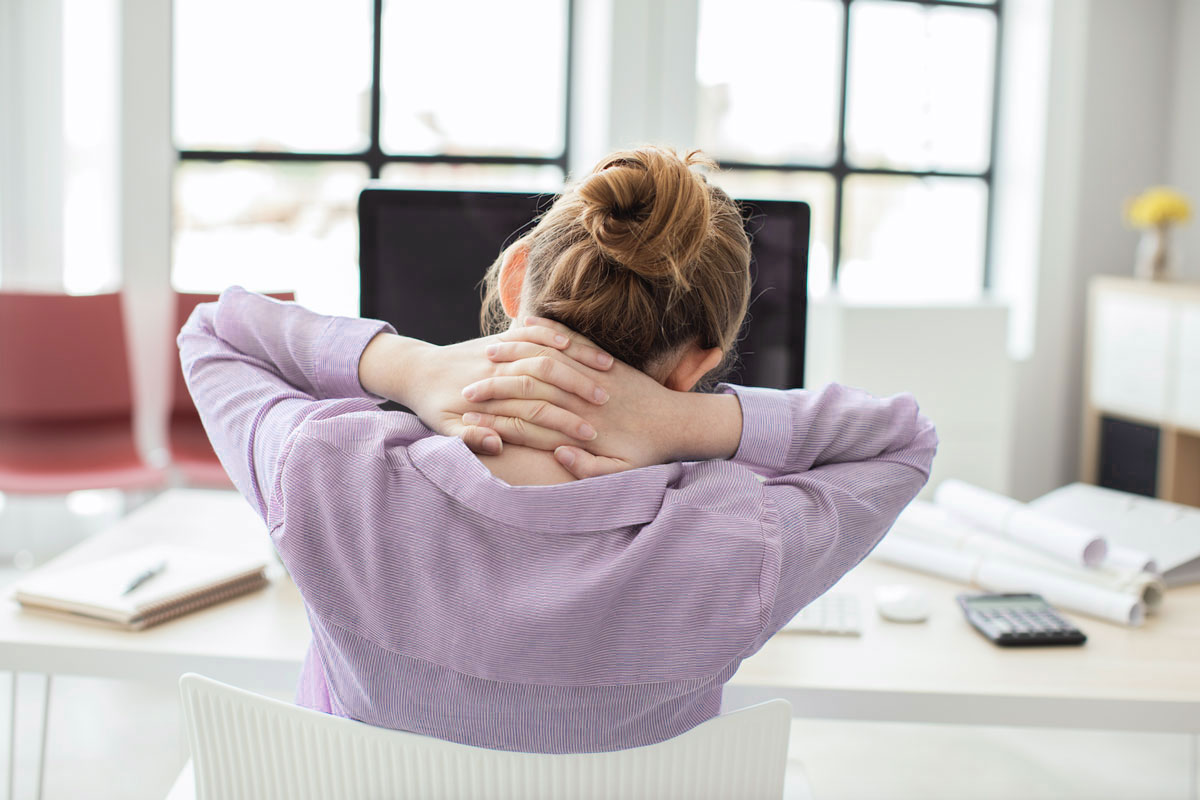
POSTNATAL
Seven reasons why Pilates is a great exercise method for females AFTER pregnancy.
It’s so important that females realise how imperative it is to look after their bodies after pregnancy and treat them well. It has just been on a marathon ride, changing, growing and working differently to what it is used to. It is only common sense to realise it will take a little while to return to what it once was. I’m not just talking visually. Some girls can walk out of the hospital not even looking as if they were pregnant but they would still have gone through those same changes. Things like rib cage and abdominals expanding, organs moving, blood volume increasing, pelvis tilting, posture changing (everything pulling/rounding forward), centre of gravity changing, the physical demand on joints of carrying around an extra load, the extra strain on the pelvic floor and supporting muscles to hold it all in, to name a few. Along with the above, here are seven reasons why Pilates is the ideal POSTNATAL workout.
It can help to:
• Make you stronger to hold and carry the extra weight of bub. You can use Pilates to specifically target the new areas that are now being used a lot more. E.g. Shoulder retractors to counteract rounding of shoulders while breastfeeding.
• Counteract postural changes during pregnancy (as stated above) and also the new stresses on the body (holding baby, feeding, carrying baby in carriers all place different stresses on the body). Pilates is useful to create awareness of the body and its posture at all times.
• Aid in recovery – Pilates helps to draw everything back in, in particular helpful when correcting the common issues of abdominal separation and weak pelvic floor muscles post pregnancy.
• Strengthen deep core muscles Transverse Abdominis and Pelvic Floor to help with bladder control/ lower back pain e.t.c. Females can start with basic strengthening exercises for these muscles as early as 24 hours post birth (provided there were no complications).
• Prevent weakness in subsequent pregnancies – every further pregnancy places extra stresses on the body so continuing with Pilates can help prevent this. Regaining (or even improving) your strength with Pilates after pregnancy will really help lessen the effects on the body in any future pregnancies.
• Give mum a bit of “me” time as she takes time out for her Pilates practice and has to “concentrate” on something else. As concentration is the number one principle of Pilates, it can really help to shift your focus and allow you to zone out of mum mode for a little while.
• Help to smoothly, safely and smartly transition to our pre-pregnancy body – we need to nourish and fuel the body at this time so now is not the time to “diet” or change eating patterns too dramatically. Increasing our movement through regular Pilates can help to change our body shape in a healthy way.
Three great Pilates exercises to include in your POSTNATAL routine would be:
(please note that it’s always best to seek medical advice before undertaking any exercise prescription, the following exercise recommendations are also based on a natural birth with no complications. In most cases the basic pelvic floor and TVA activation can be started as early as 24 hours post birth, generally anything further would be commenced after your 6 week check from your doctor and/or better yet after seeing a physio specialising in women’s health).
1.Basic Pelvic Floor and TVA activation –
WHY: To activate and regain strength of our deep core muscles which have been under immense strain over the previous nine months
HOW: This can be done lying on back/seated/standing (actually great to practice in all these positions) gentle lifting of the pelvic floor (imagine a line between your pubic bone and belly button and gently lifting/pulling up) along with the transverse abdominis (imagine a line between your two hip bones, slide the hips toward each other and flatten the line toward your spine) hold for ten seconds while continuing to breathe and keep bottom and all other muscles relaxed and then completely release in between.
2. Back extension/hover –
WHY: focuses on strengthening lower/mid back, postural muscles used to draw shoulders together and down the back, opens up across the chest (great for counteracting the rounding and hunching forward the round-the-clock feeding promotes).
HOW: Lying on your tummy, place your hands underneath your forehead. As you breathe in, connect glutes and lift belly button away from mat, as you breathe out, hover your arms and upper body off the mat, keeping your hands attached to your forehead and looking down towards mat (i.e. keep neck in line with your spine) hold to breathe in and lower again as you breathe out. As you lift think lengthening your head away from your ankles.
3. Prone glute activation/with leg lift –
WHY: focuses on switching on and strengthening the glutes, again counteracting the sitting position of feeding while also helping to stabilise and strengthen the pelvis and it’s surrounding muscles.
HOW: Lying on your tummy, place your hands face down on your bottom cheeks. Think about and engage your left bottom cheek (while keeping the rest of your leg and the right side completely relaxed). Alternate between the two. Right side engages, switch it off, left side engages, let it go. Continue like that for a few reps (it may not be as easy as you think!) and then progress to add a leg lift. Right side engages, lift the right leg (only so high that the hip bone stays connected to the mat), right side lowers, let it relax. Complete the same for left side and continue alternating ensuring not to “rock” side to side. Repeat 10 times each side.
ADD COMMENT
You must be logged in to post a comment.




